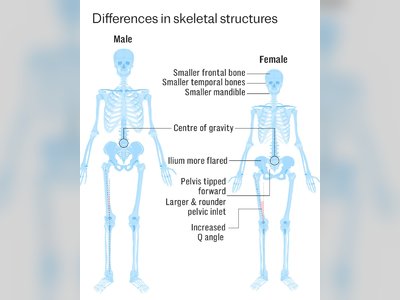US Lawmaker Probes Intel CEO’s China Ties Amid National Security Concerns
Senator Tom Cotton raises questions over Lip‑Bu Tan’s investments and Cadence case as Trump also demands his resignation
Republican Senator Tom Cotton addressed a letter to Intel board chair Frank Yeary on August 6, 2025, questioning whether the company’s board had been informed of subpoenas sent to Cadence Design during Lip‑Bu Tan’s tenure as CEO, and what actions were taken to address those issues.
He also inquired whether Tan had been required to divest from chip firms in China linked to the Chinese military or Communist Party, and if he had fully disclosed such ties in light of Intel’s participation in the federal Secure Enclave initiative, under the CHIPS and Science Act .
The senator flagged reports that, through venture capital funds he manages, Tan invested over US $200 million in Chinese advanced manufacturing and chip firms between March 2012 and December 2024—some allied with the People’s Liberation Army—and questioned whether those arrangements remained unresolved .
Cotton’s scrutiny follows disclosures that Cadence Design, where Tan served as CEO until 2021 and executive chairman until May 2023, agreed to plead guilty and pay more than US $140 million for unauthorized sales of chip‑design tools to a Chinese military university .
Intel responded by confirming that both the company and Mr Tan are “deeply committed to the national security of the United States and the integrity of our role in the U.S. defense ecosystem,” and that it would address the matters raised by Senator Cotton .
On August 7, 2025, President Donald Trump publicly called for Tan’s immediate resignation, describing him as “highly conflicted” due to his financial ties to Chinese firms, some linked to the military.
That statement came via Truth Social and was followed by a drop in Intel’s stock price of approximately 2–3 percent .
Intel’s leadership is under heightened scrutiny at a time when the company holds over US $8 billion in federal funding under the CHIPS Act and plays a central role in efforts to bolster U.S. semiconductor production and defense‑grade microelectronics supply chains .
He also inquired whether Tan had been required to divest from chip firms in China linked to the Chinese military or Communist Party, and if he had fully disclosed such ties in light of Intel’s participation in the federal Secure Enclave initiative, under the CHIPS and Science Act .
The senator flagged reports that, through venture capital funds he manages, Tan invested over US $200 million in Chinese advanced manufacturing and chip firms between March 2012 and December 2024—some allied with the People’s Liberation Army—and questioned whether those arrangements remained unresolved .
Cotton’s scrutiny follows disclosures that Cadence Design, where Tan served as CEO until 2021 and executive chairman until May 2023, agreed to plead guilty and pay more than US $140 million for unauthorized sales of chip‑design tools to a Chinese military university .
Intel responded by confirming that both the company and Mr Tan are “deeply committed to the national security of the United States and the integrity of our role in the U.S. defense ecosystem,” and that it would address the matters raised by Senator Cotton .
On August 7, 2025, President Donald Trump publicly called for Tan’s immediate resignation, describing him as “highly conflicted” due to his financial ties to Chinese firms, some linked to the military.
That statement came via Truth Social and was followed by a drop in Intel’s stock price of approximately 2–3 percent .
Intel’s leadership is under heightened scrutiny at a time when the company holds over US $8 billion in federal funding under the CHIPS Act and plays a central role in efforts to bolster U.S. semiconductor production and defense‑grade microelectronics supply chains .










